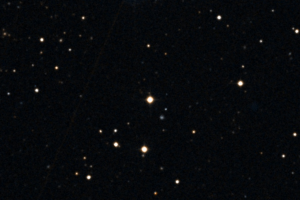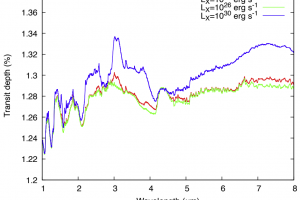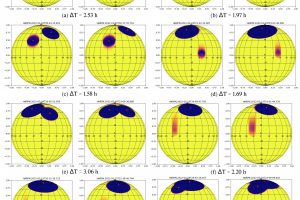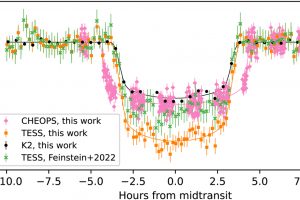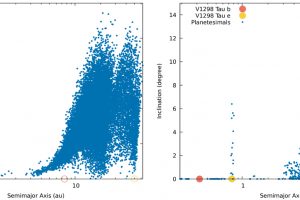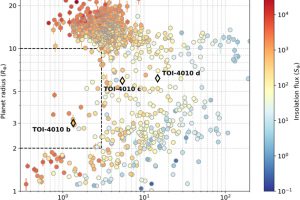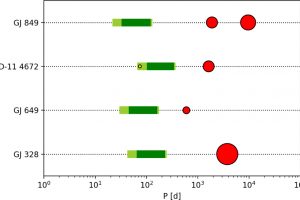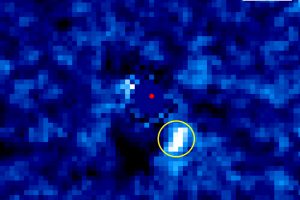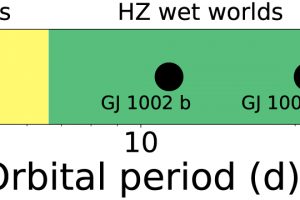Four planets (at least) for two stars. The study: “The GAPS Programme at TNG. LIII. New insights on the peculiar XO-2 system” of A. Ruggieri (Università di Padova) appeared on A&A
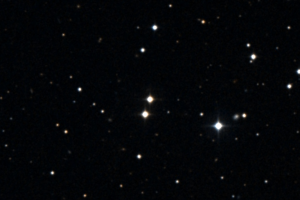
Every sci-fi enthusiast, especially Star Wars fans, has wondered whether planets orbiting two stars, like Tatooine, can exist in reality. This is actually an important question in astronomy: It has been estimated that in the Milky Way, one-third of low-mass stars are in binary systems. Therefore, to fully understand the population of planets in our Galaxy, it is necessary to
» Read more
